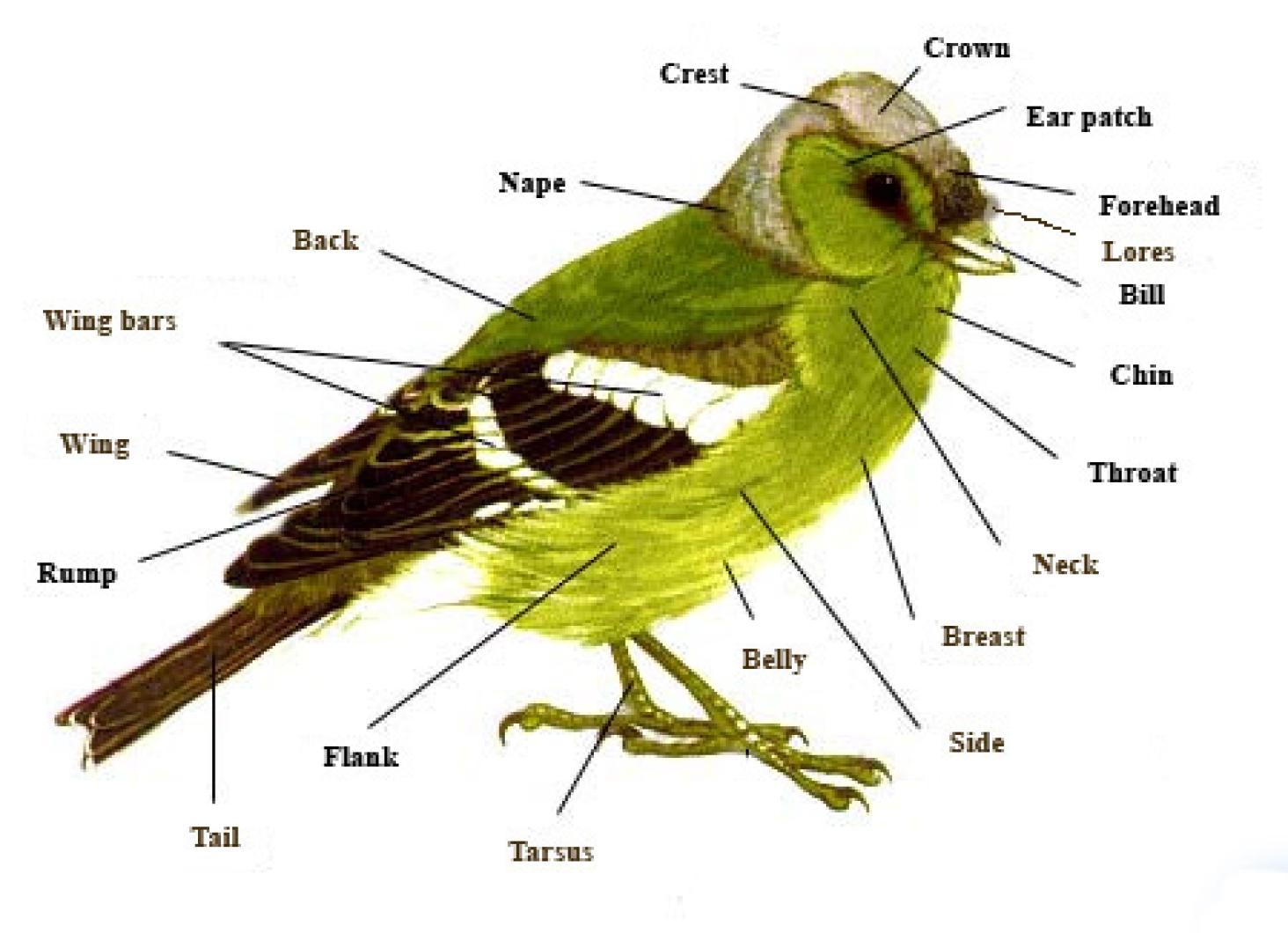Among the uninitiated, birding is often perceived as a passive, voyeuristic non-sport for dullards, the elderly and the obsessive. You may be surprised to know that, if you accept bird watching as a legitimate sport (riflery, an Olympic event, requires less from the participant than serious outdoor birding), according to the United States Fish and Wildlife Service there are currently 51.3 million birders in the U.S. alone, making it easily the most popular sport in America. But what does it really mean to be a birder? It’s simple: you look at birds. But within that basic framework, there is a complex and insular world of variations, terminology and techniques.
Birders can be separated into two main categories: twitchers are birders, often independently wealthy or retired, who obsessively pursue new and rare ticks. A tick is any new species sighted, the term originating from the idea of “ticking” an item off a list. Many twitchers will cross the country overnight and brave ghastly conditions on a basis of rumor alone for the chance at a new tick.
Dudes, on the other hand, are casual birders, reserving their birding for sunny days and pleasant climes, less concerned with collecting massive lists and rarities than with the quietude and simplicity of observing nature. Most birders fall somewhere between the two extremes, occasionally going from dude to twitcher and back depending on the season.
All birders, whether novice or veteran, twitcher or dude, only require three tools: a field guide, binoculars and a notebook.
A proper field guide is indispensable, as the differences between two separate species are often subtle, and without a properly organized guide with clear illustrations, a birder can easily miss a tick. For example, there is a term in the birding world, LBJ, that refers not to the successor of America’s favorite initialed leader, but for Little Brown Job. These are the trickiest to identify, as not only do the vast majority of bird species fit this description, even some that do not appear as LBJs when still immature. Without a field guide, LBJs can beguile even the most obsessive twitchers.
When selecting a field guide, consider the following: ergonomics, durability and illustrations. The Sibley Guide to Birds is for many the birder’s bible for its comprehensiveness. But with nearly 600 pages weighing in at two and a half pounds, it is a cumbersome tome to lug around, and is best kept at home for later referencing. If you know where you are going, small, fold-out laminated guides are available that focus on specific areas.
Binoculars are not a must, but on the Vineyard, where low treelines and expansive vistas abound, they are especially helpful. Just remember to try before you buy: expensive isn’t always better, and heavier binocs can get annoying. For Islanders, much of the best birding can be had seawatching: with no obstructions between the birder and the horizon (for now), the vast emptiness of that space makes spotting birds easier and, theoretically, more likely; but without binoculars, identification can be nigh impossible, regardless of knowledge or resources. Birding is all about making quick identifications. Birds rarely present themselves to birders for close-range leisurely inspection; most times, all the birder has to go on is a fleeting speck high in the sky, or a quick warble issuing from some indomitable thicket.
Lastly, the notebook is the birder’s most important tool: it allows you to record descriptions of ticks not readily identifiable for later analysis, along with other important details like the location, time, date and weather of the sighting. Without a notebook, there’s no data, and even the most casual of dudes want some record of their efforts, since even if the extent of your hobby subsists of watching the backyard birdfeeder from your kitchen window, there is always a possibility of a rare tick showing up out of the blue. For example, if the idyll of a summer afternoon watching goldfinches and titmice splashing in a West Tisbury birdbath is interrupted by a dive bomb from a BOP (bird of prey), such as a peregrine falcon, the event is extremely exciting to anyone, as it may well be what is known as a Vis Mig, or visible migration.
A Vis Mig describes a rare or non-native tick in an unlikely place, most likely on its way someplace else. These and other rare ticks, depending on the birder, fall into three categories: A Lifer is a species that the birder has never before seen anywhere in the world. A Megatick is a superlative tick, a bird of great rarity, beauty or size. And a Crippler, the birder’s Holy Grail, is a Megatick of such staggering visual impact and meaning that the birder is left emotionally crippled, and should be observed for signs of shock or mania in the hours and days following.





Comments
Comment policy »